Italy is a country full to the brim with historical sites, from the world-famous Colosseum to the romantic ruins of Pompeii. But beyond these popular destinations, there are lesser-known gems waiting to be explored. Here are 20 lesser-known historical sites in Italy to visit in 2024:
Civita di Bagnoregio
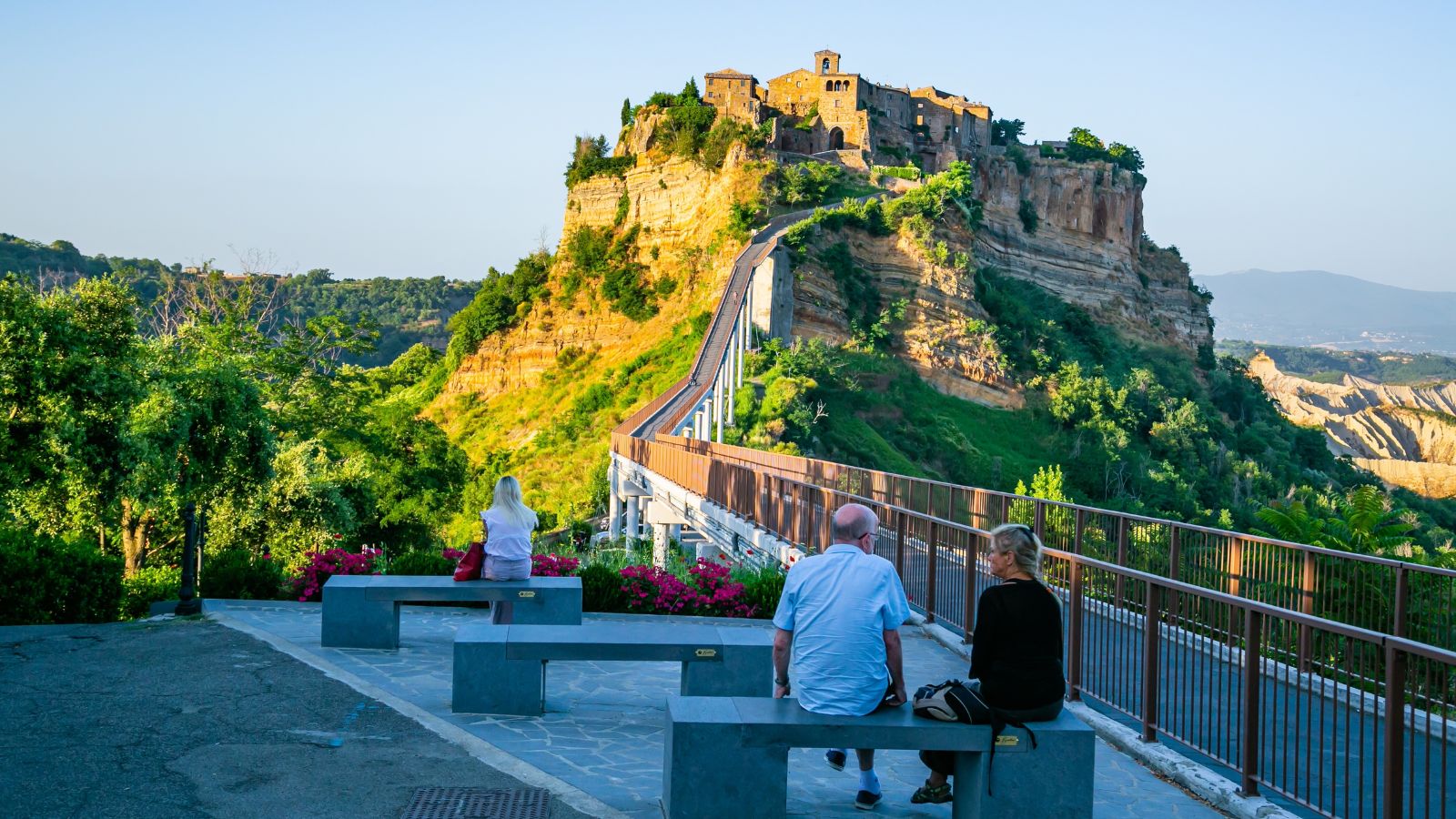
Known as “The Dying Town” due to its location on top of a crumbling hilltop, Civita di Bagnoregio offers a glimpse into a bygone era. Visitors pay five euros to enter this picturesque village and explore its medieval architecture and stunning views.
The Necropolis of Pantalica
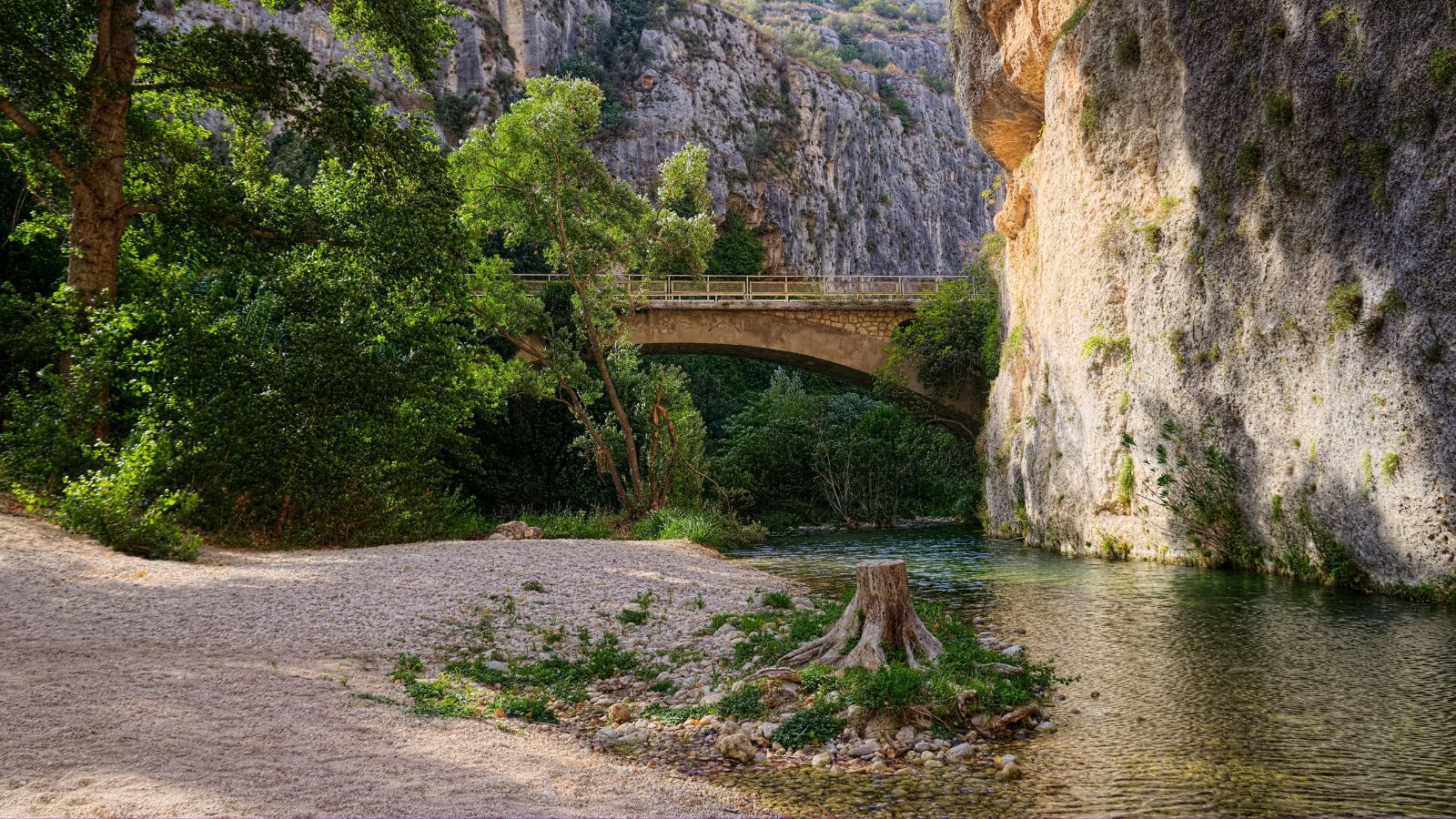
Carved into the cliffs of southeastern Sicily, the Necropolis of Pantalica is an ancient cemetery complex dating back to the 8th century BC. Tourists can explore over 5,000 tombs excavated into the rock face, giving unique insight into the burial practices of the indigenous Sicels.
The Castel del Monte
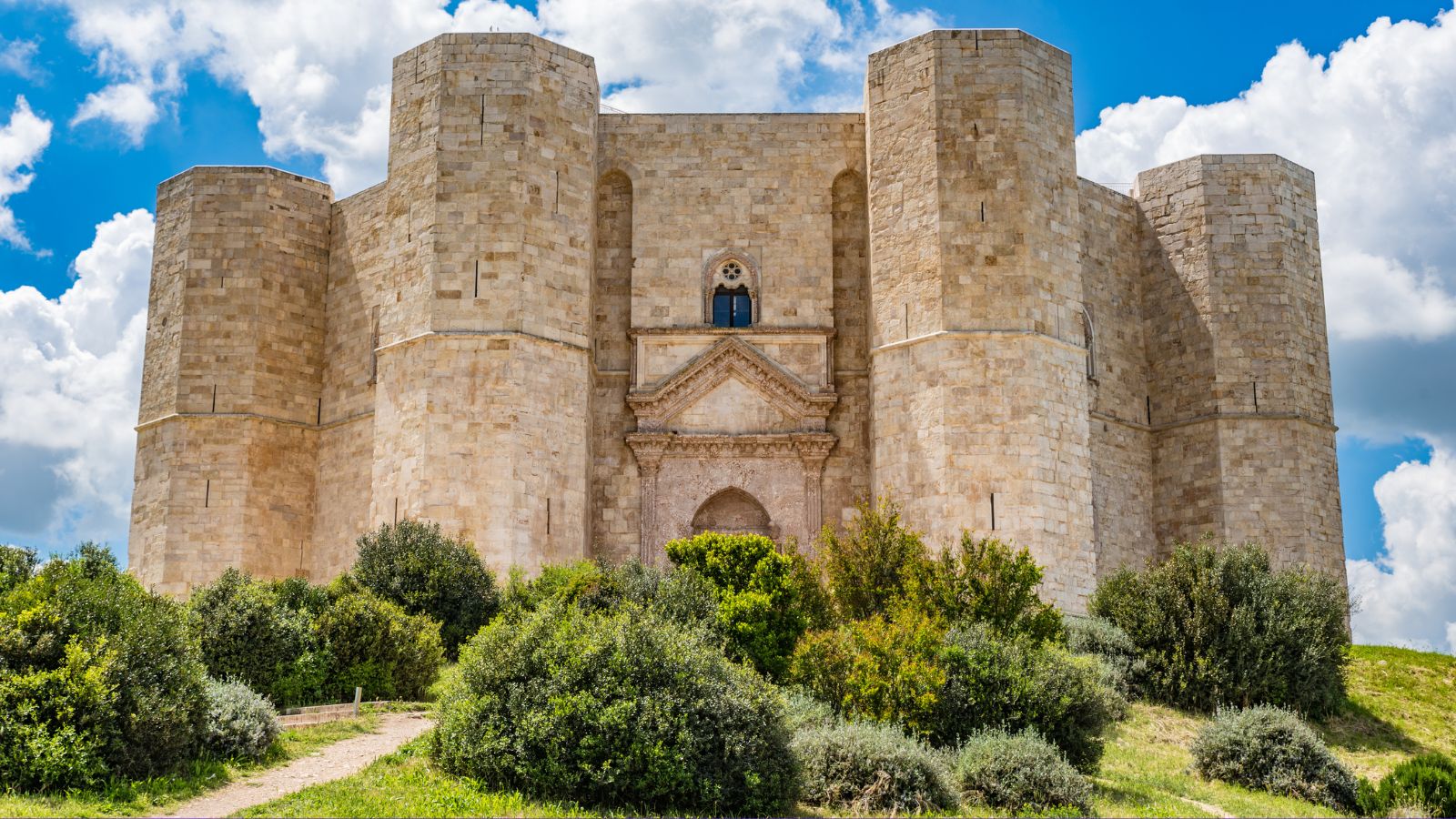
The Castel del Monte is an octagonal fortress that sits atop a hilltop in southern Italy. The fortress was built by the Holy Roman Emperor Frederick II in the 13th century and is a UNESCO World Heritage Site. While its purpose remains a subject of debate, with theories ranging from a hunting lodge to a scientific observatory, it draws 250,000 visitors annually.
The Valley of the Temples
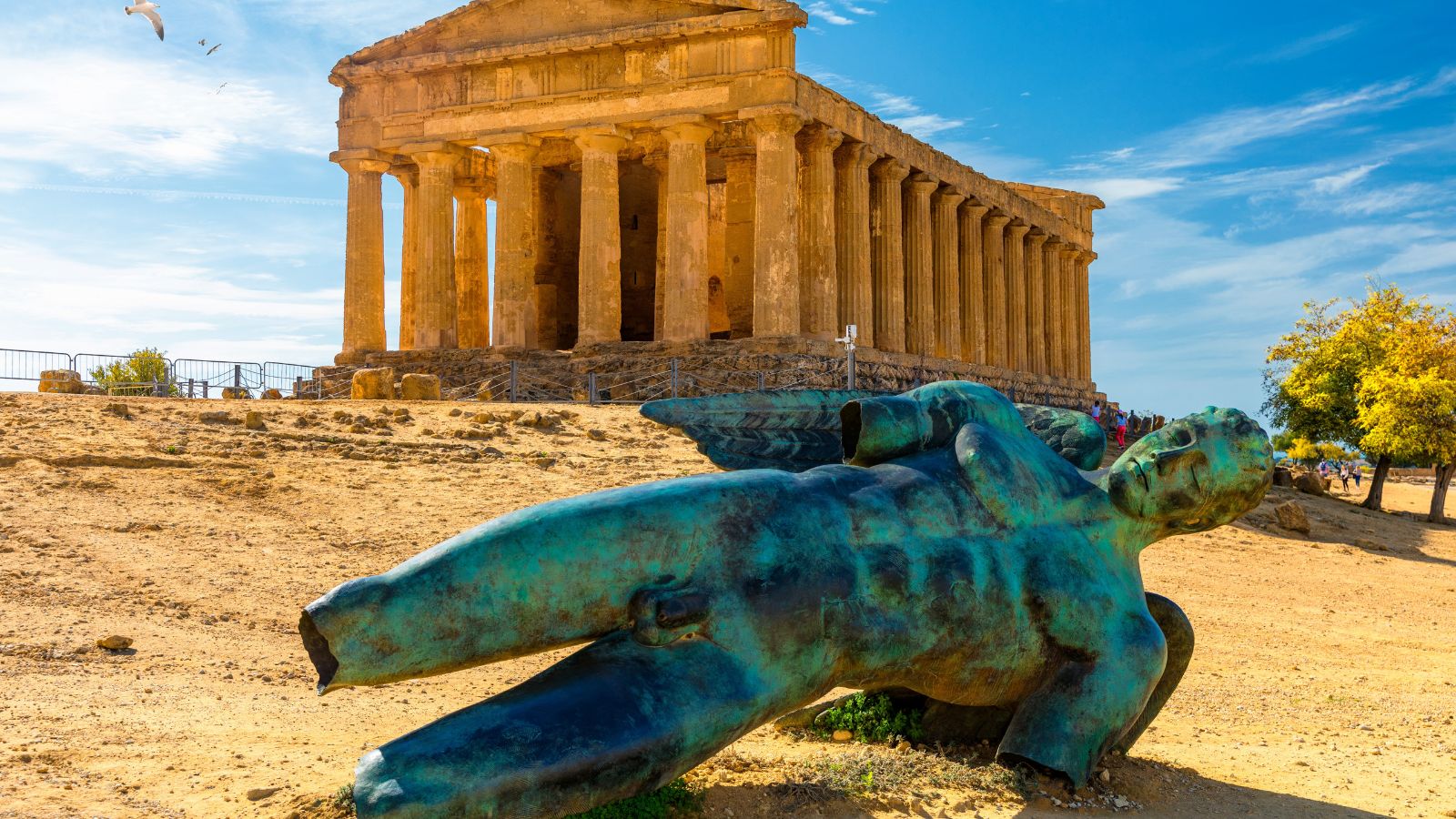
The Valley of the Temples is actually well known but often overshadowed by its more famous neighbor, Agrigento. This archaeological park near Agrigento tells the history of the ancient Greek city of Akragas, with well-preserved Doric temples dating back to the 5th century BC.
The Hypogea of Matera
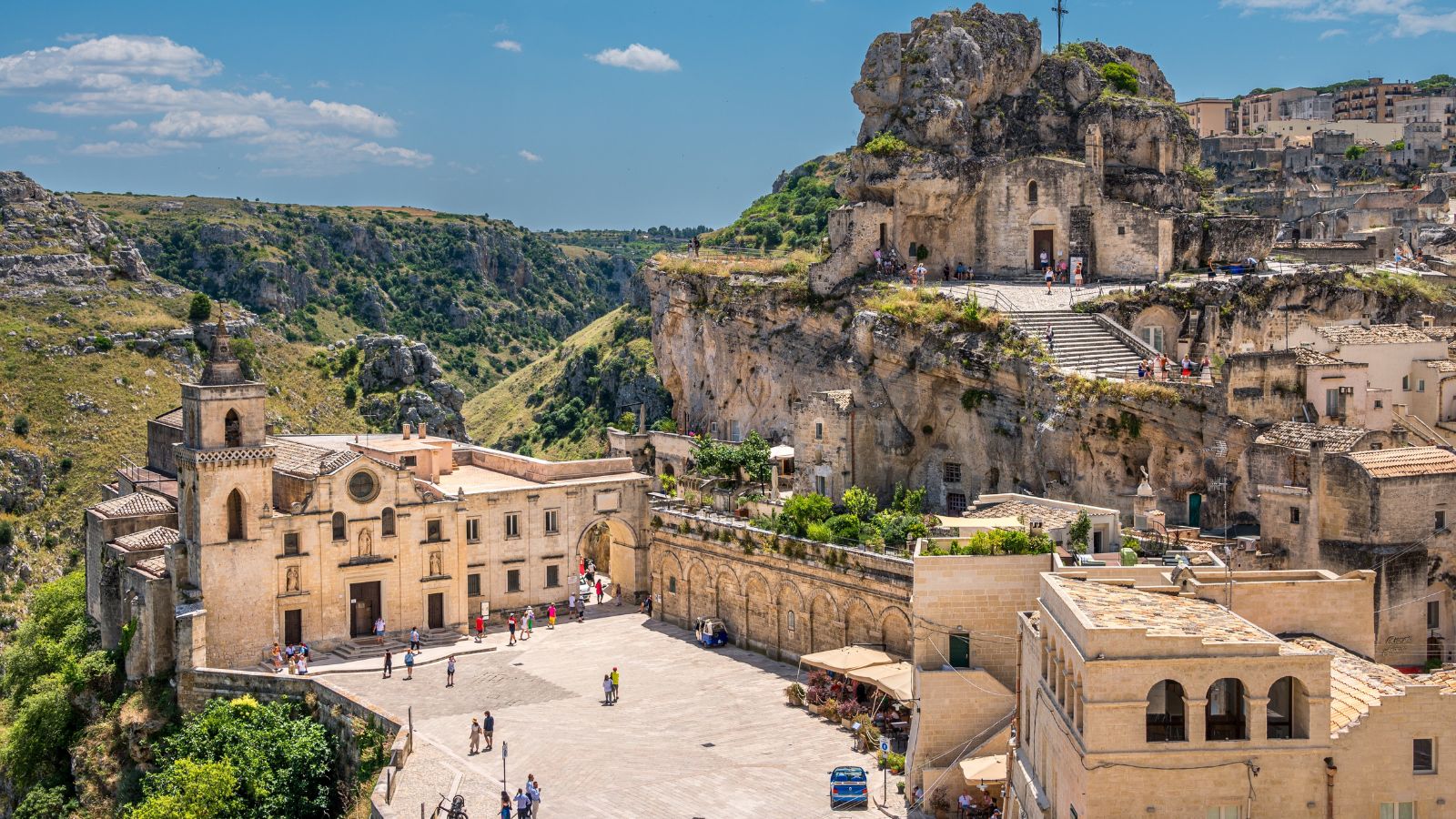
Located in southern Italy, Matera is a city of carved cave dwellings, known as Sassi, which were inhabited until the mid-20th century. The area is now a UNESCO World Heritage Site where you can explore the network of caves and rock-hewn churches, gaining insight into a troglodytic way of life.
The Castello Estense
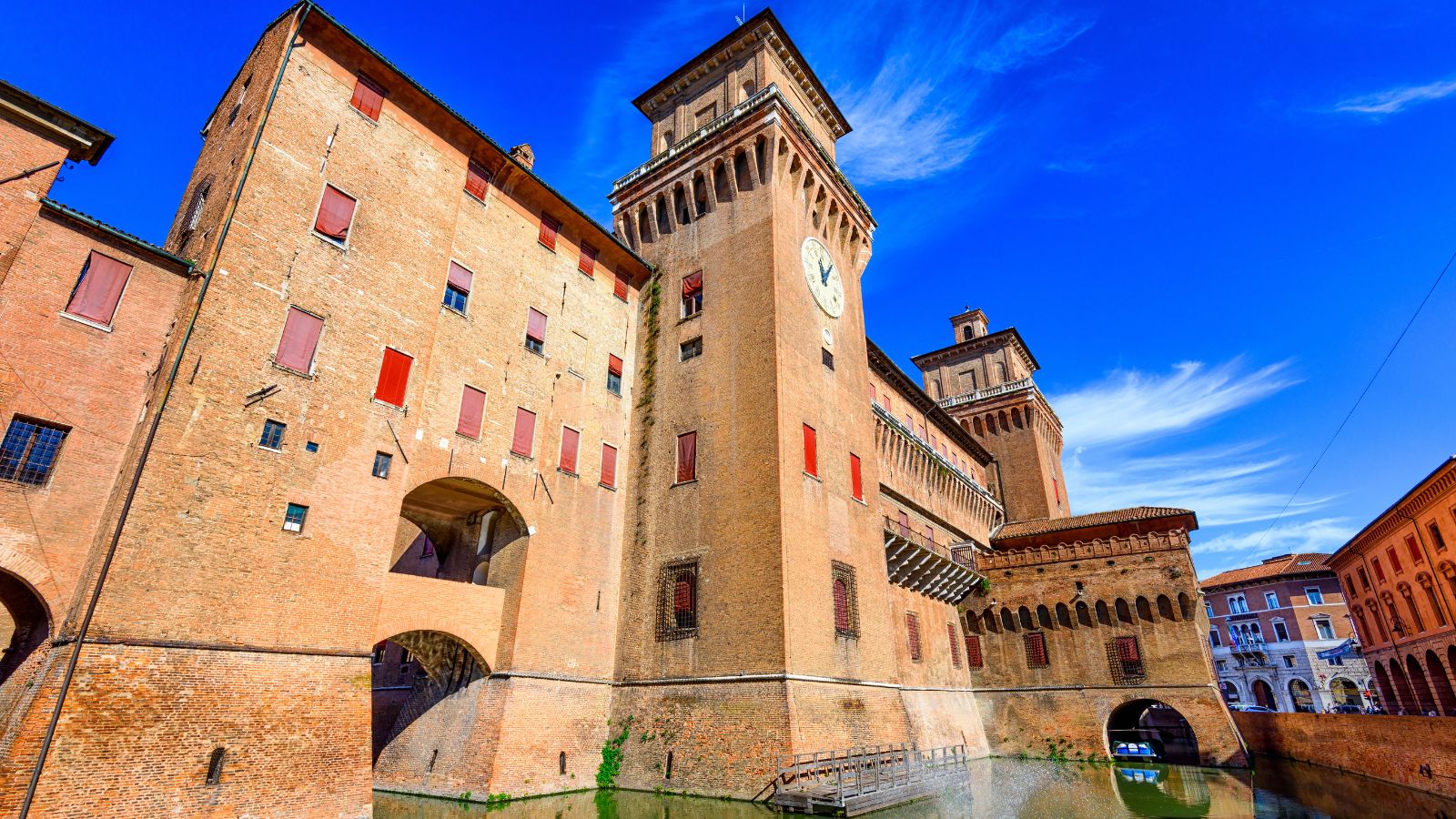
This massive moated castle in Ferrara, northern Italy, was a seat of the powerful Este family during the Renaissance. The castle is another of one of Italy’s many UNESCO World Heritage Sites and is known for its impressive architecture, including a grand courtyard.
The Roman Baths of Caracalla
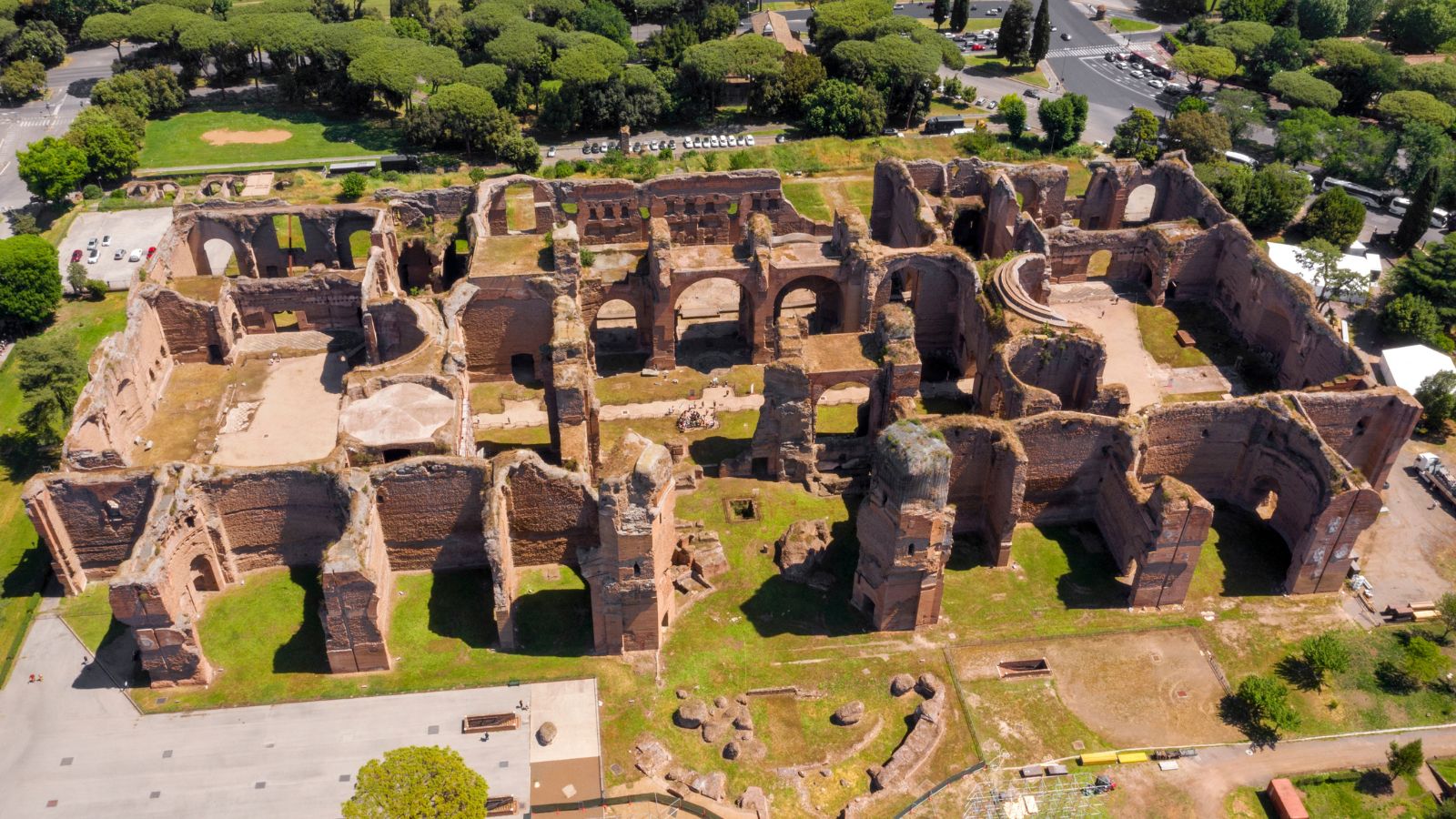
The Baths of Caracalla are known to many but on trips to Italy’s capital city people often head to the Colosseum and leave this gem behind. The bath’s sprawling ruins were once the largest thermal baths in ancient Rome and offer visitors a glimpse into the culture and social life of the Romans.
The Herculaneum
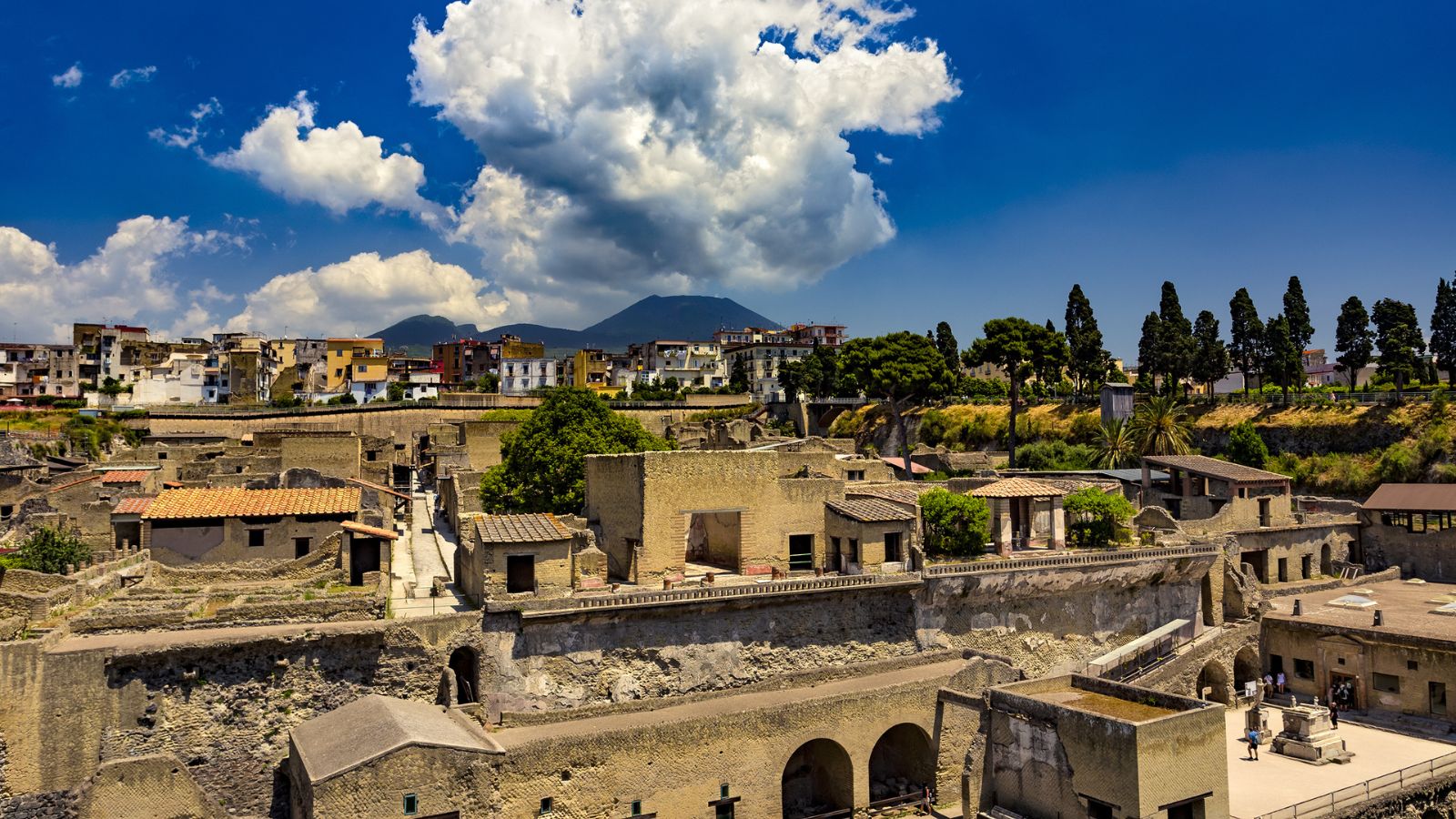
Herculaneum, along with Pompeii, was a prosperous Roman town buried by the eruption of Mount Vesuvius in 79 AD. Unlike Pompeii, Herculaneum was engulfed by a pyroclastic flow, preserving wooden objects and intricate frescoes that were destroyed in Pompeii.
The Teatro Olimpico
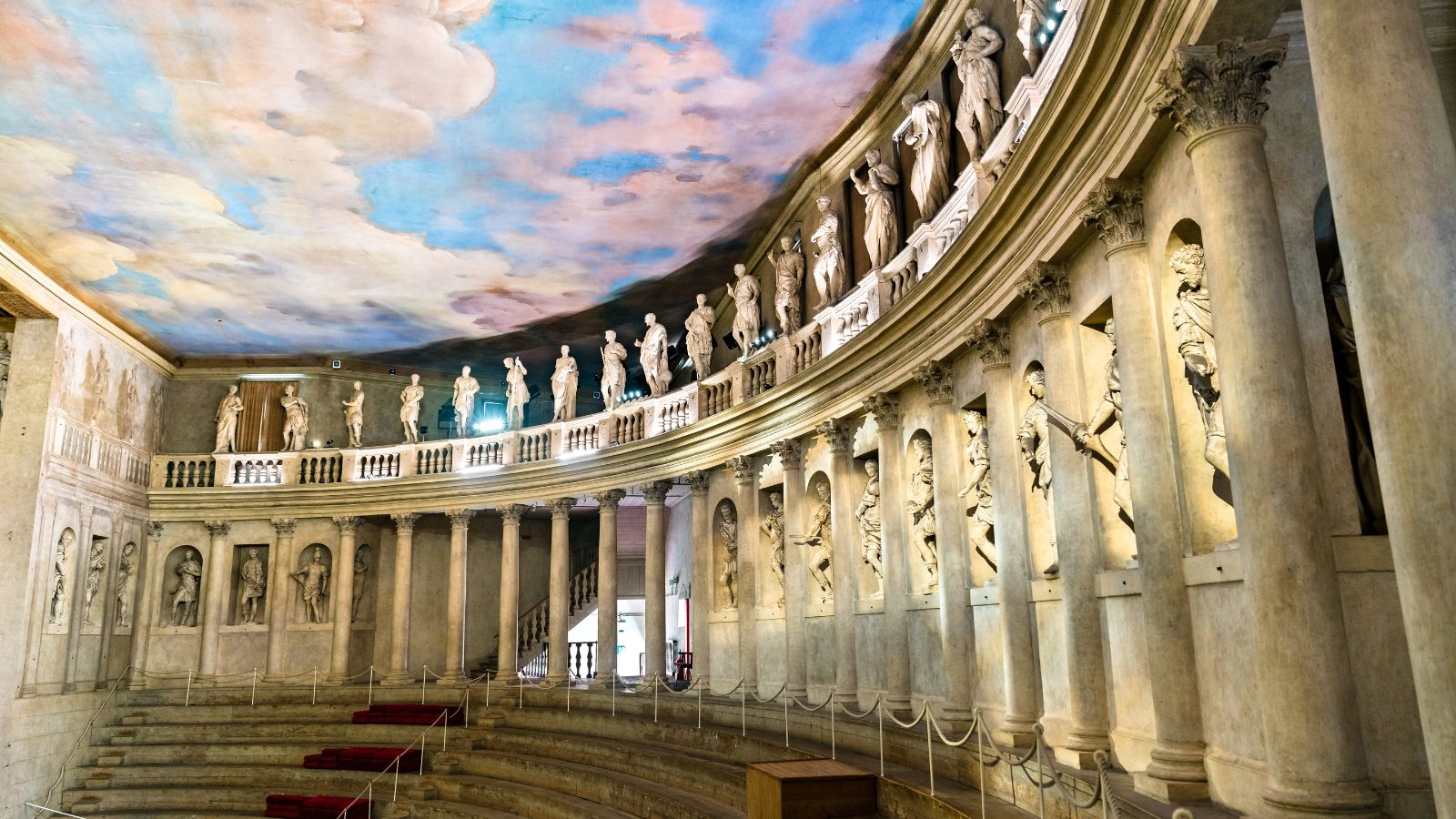
This 16th-century theater, designed by the architect Andrea Palladio in Vicenza, is another UNESCO World Heritage Site and is considered one of the most influential architectural achievements of the Renaissance.
The Mausoleum of Galla Placidia
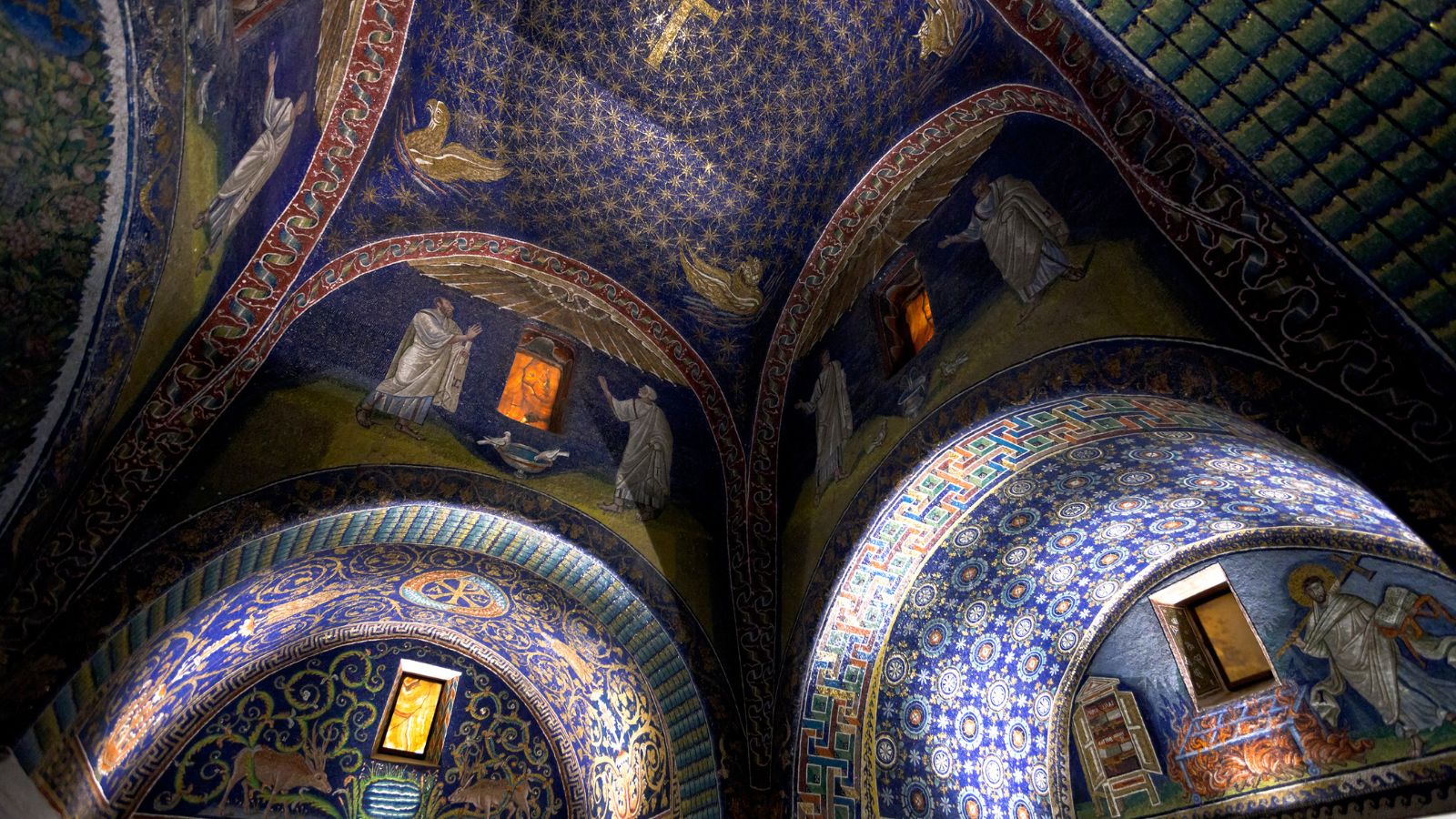
This early Christian mausoleum in Ravenna is adorned with stunning Byzantine mosaics depicting biblical scenes. Built in the 5th century AD, the Mausoleum of Galla Placidia is a UNESCO World Heritage Site and a masterpiece of early Christian art.
Palazzo Te, Mantua

This Renaissance palace, designed by Giulio Romano in the 16th century, features magnificent frescoes and architecture. The palace is an example of Mannerist art and offers tourists a fascinating glimpse into the court life of the Gonzaga family.
Villa d’Este, Tivoli
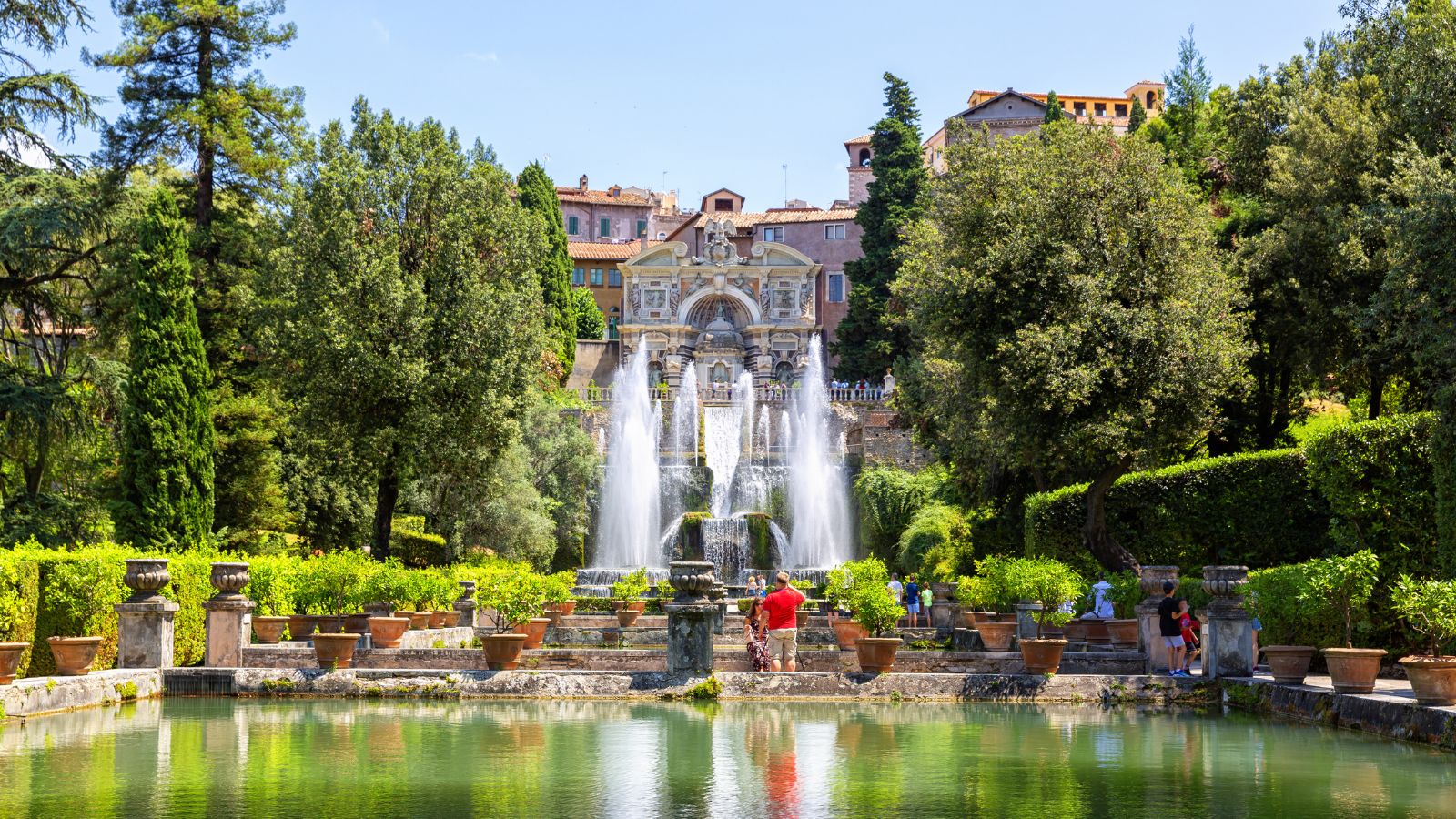
Famed for its elaborate gardens and fountains, this 16th-century Tivoli villa exemplifies Renaissance architecture and garden design. The villa’s frescoed rooms and lush landscapes attract half a million visitors a year due to its closeness to Rome but it deserves so many more.
Parco dei Mostri
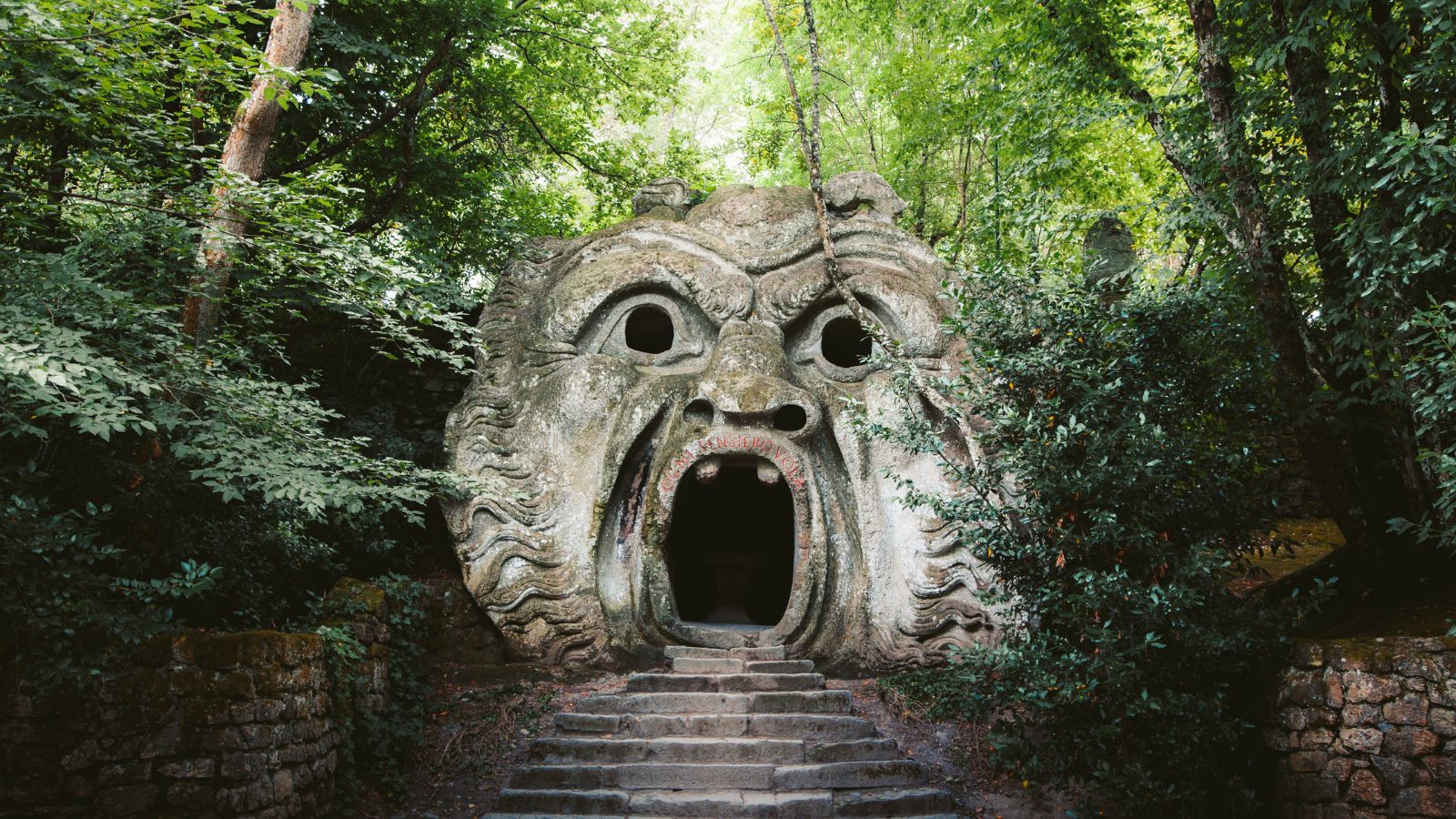
Also known as the Park of Monsters, this 16th-century garden in Bomarzo is filled with strange and intriguing sculptures. The park is a unique blend of art and nature that offers a surreal experience for visitors who are looking for something different than the usual tourist attractions.
Castel del Monte, Apulia

This 13th-century castle in Apulia, built by Emperor Frederick II, is a masterpiece of medieval architecture. Its unique octagonal shape and strategic location offer stunning views and historical insight for visitors who dare to venture off the beaten track.
Sanctuary of Monte Sant’Angelo

A Puglian pilgrimage site since the 5th century, this sanctuary is dedicated to the Archangel Michael. The site combines natural beauty with historical and religious significance and is a must see for any tourists in the area.
Cerveteri Necropolis

Situated in Lazio, the Banditaccia necropolis in Cerveteri is an ancient Etruscan burial site. Its impressive tombs and carvings offer a glimpse into Etruscan civilization, predating Roman culture.
Abbey of San Galgano
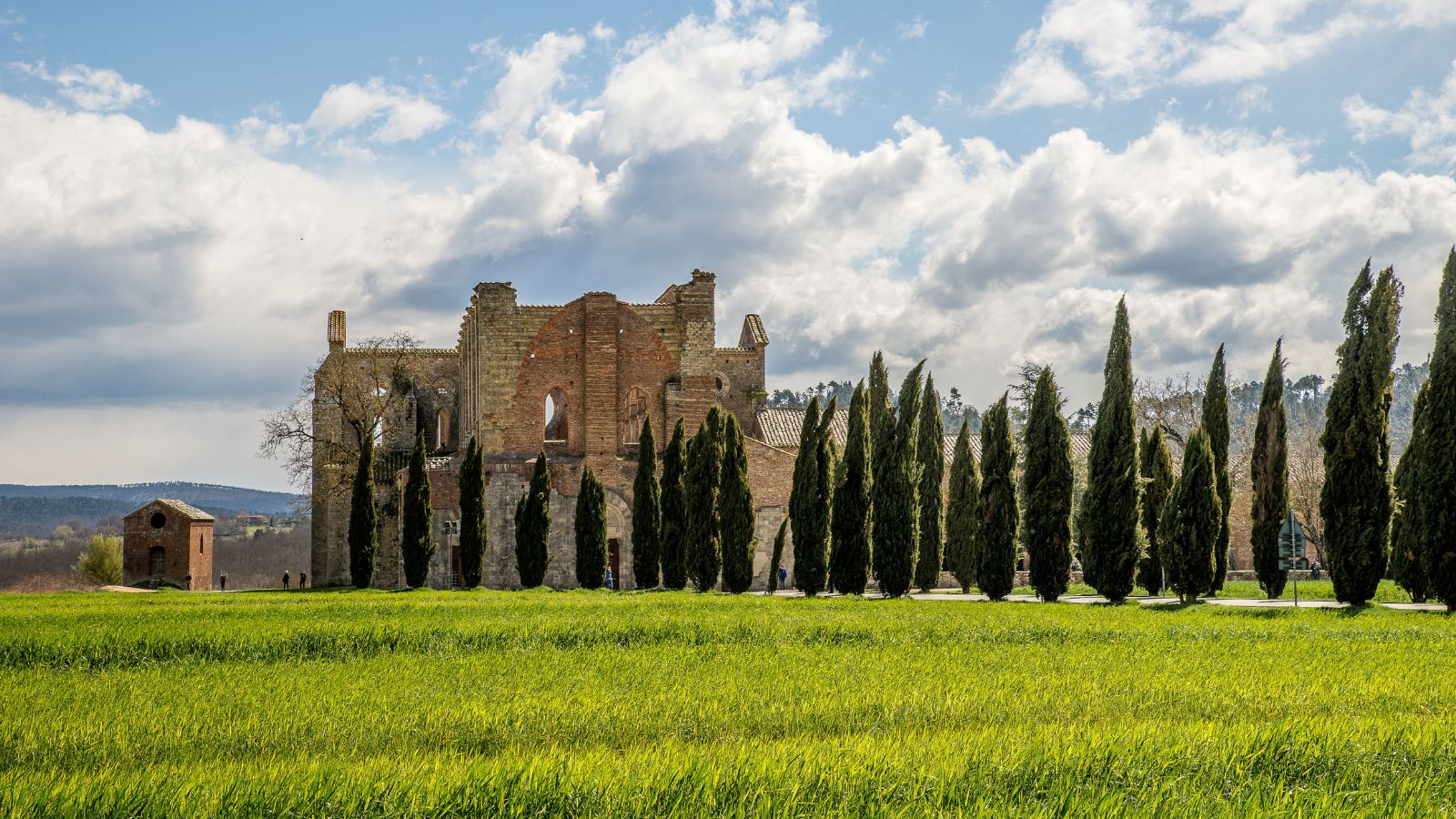
Famous for its roofless church and the legendary sword in the stone, this 12th-century abbey is a picturesque and mystical site set in the rolling Tuscan hills. Just 30 km from Siena, the church receives thousands of visitors each year.
Rocca Calascio
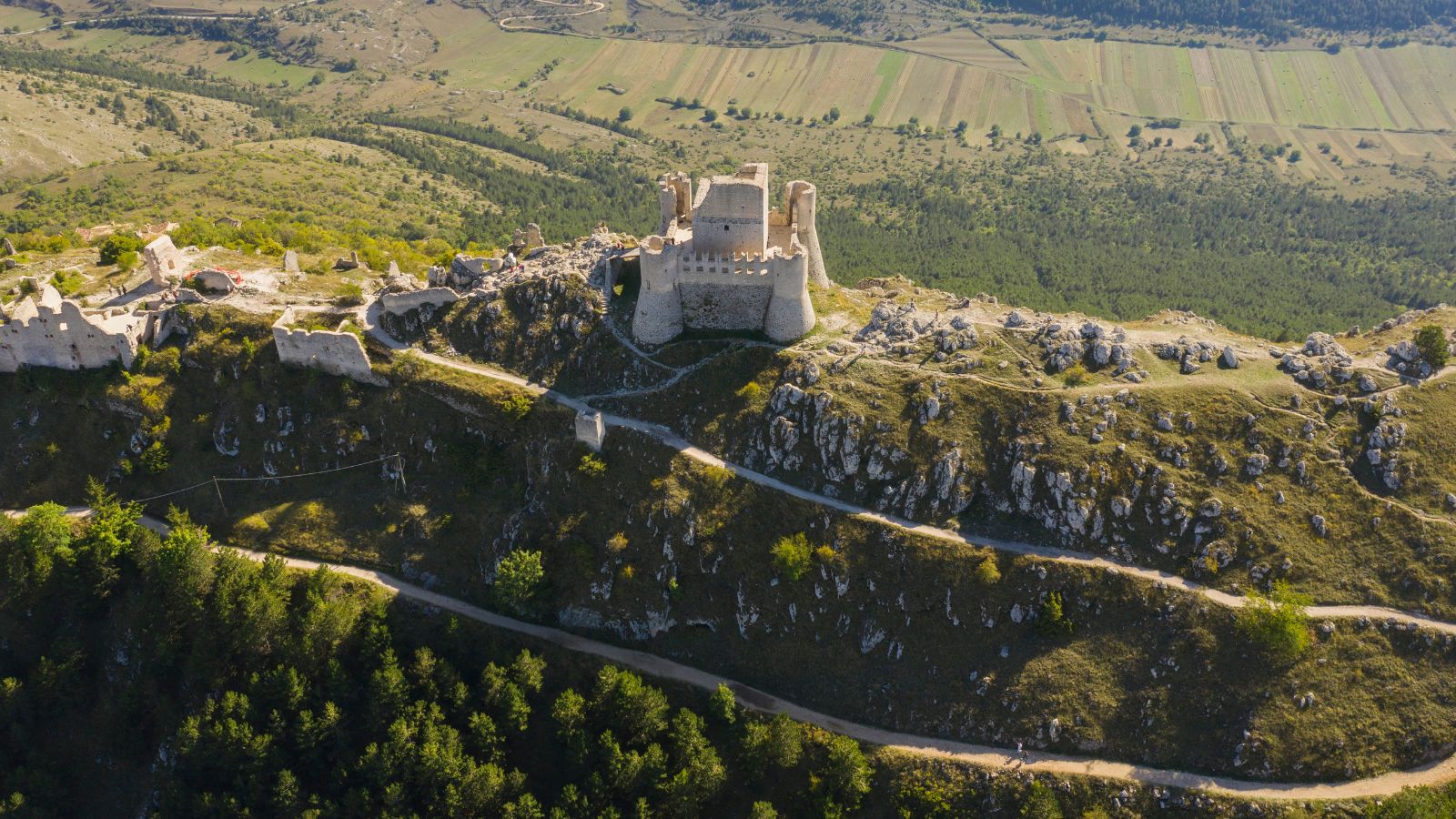
This medieval fortress in Abruzzo is one of the highest in Italy, perched at an altitude of 1,460 meters, and offers breathtaking views. The fortress has been featured in several films, including “The Name of the Rose.”
Villa Romana del Casale
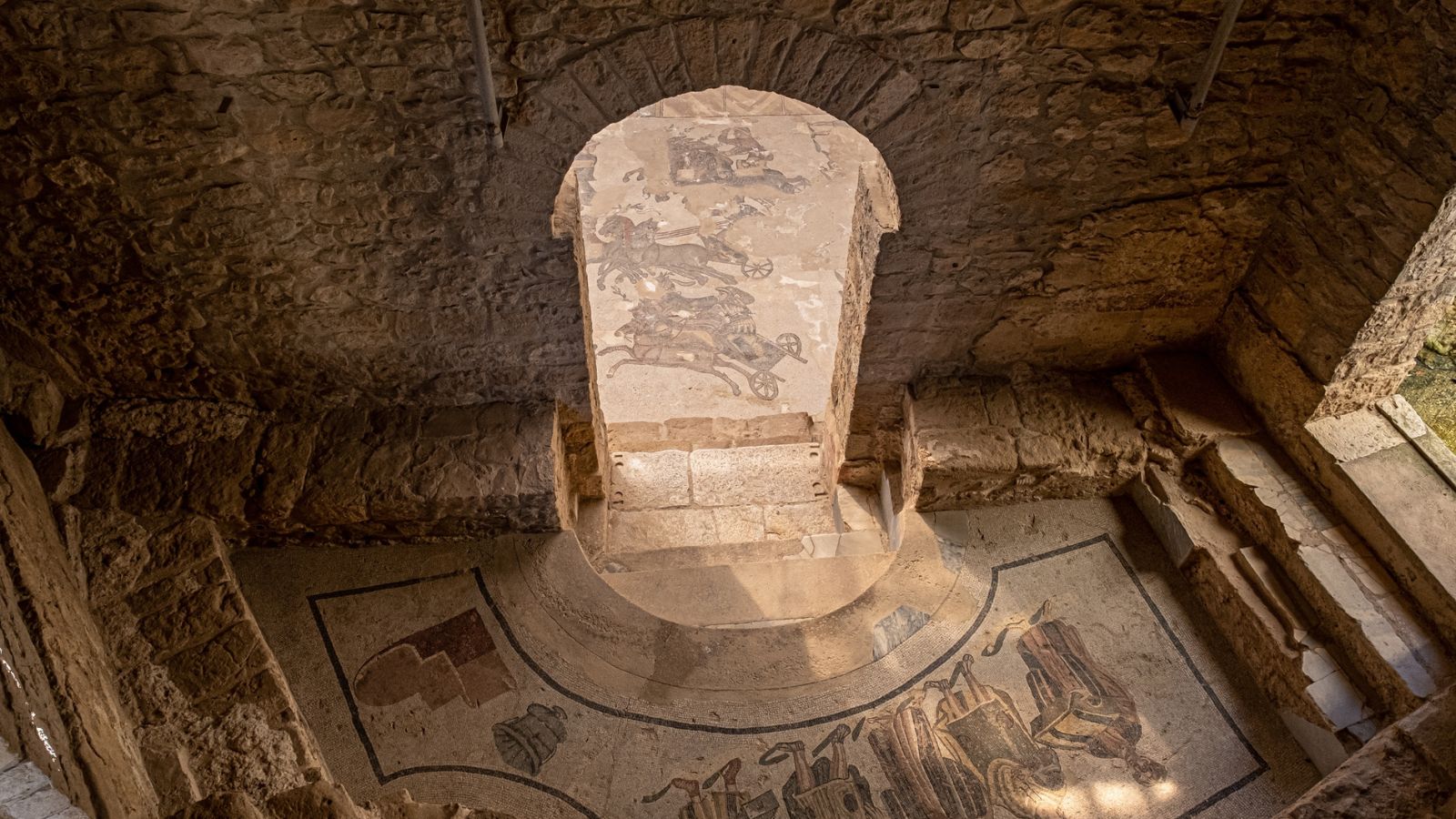
This ancient Roman villa is renowned for its well-preserved mosaics depicting various aspects of Roman life. Located in Sicily, the villa is a UNESCO World Heritage site that offers a fascinating insight into Roman art and culture.
Grotte di Frasassi
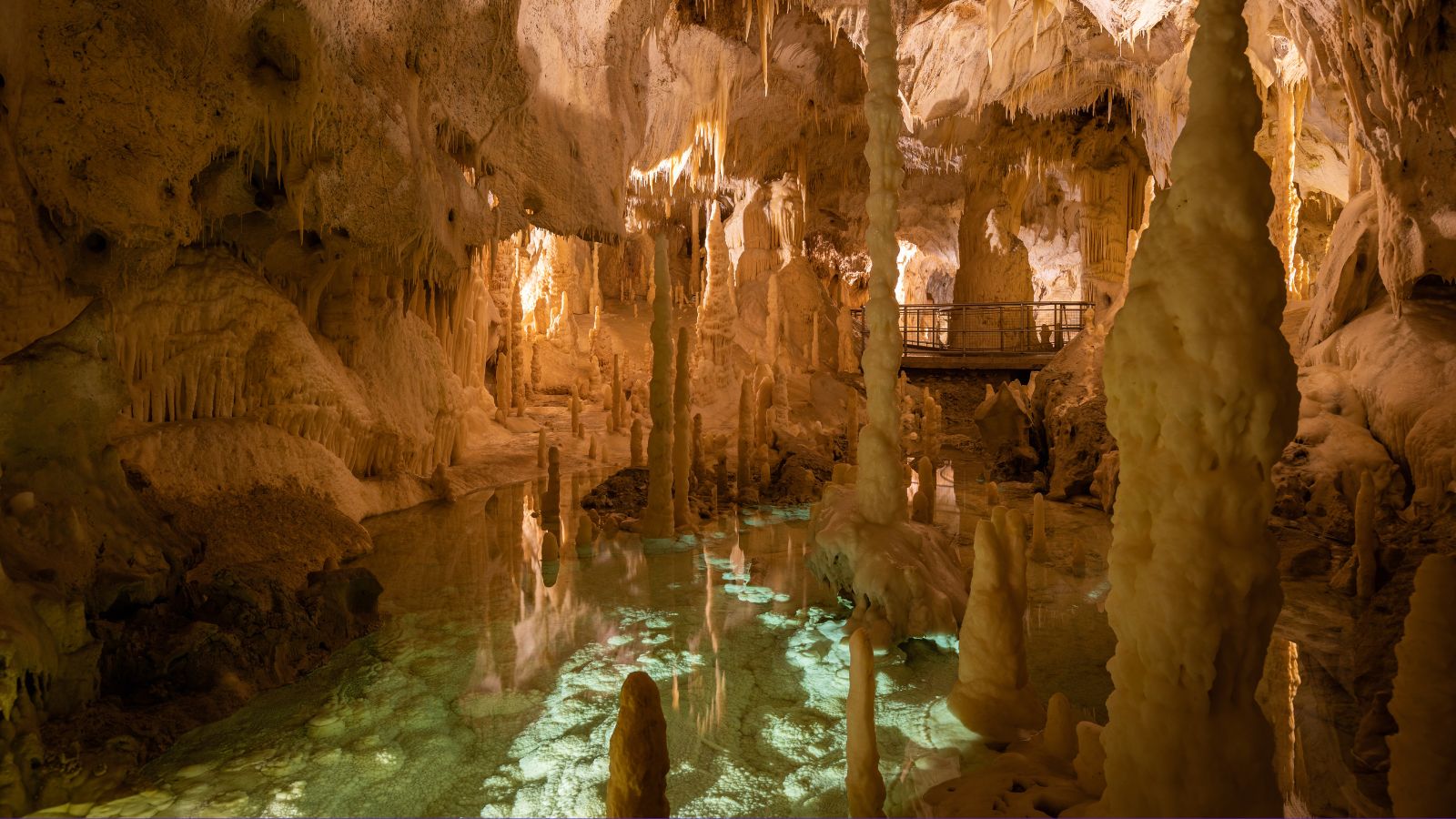
These spectacular limestone caves in Marche are among Italy’s most impressive natural wonders. The vast underground network includes stunning stalactites, stalagmites, and crystal-clear pools.
The 10 Most Reliable Car Brands According to Mechanics
When choosing a car, one of the most crucial factors is reliability. But what exactly does it mean when we say a car is reliable? Reliability refers to the vehicle’s ability to perform consistently well over time with minimal issues. A reliable car requires fewer repairs, is cost-effective to maintain, and offers peace of mind to the owner. In this article, we delve into the ten most reliable car brands according to mechanics, explaining why these brands are trusted and highlighting endorsements from institutions, car experts, and reputable websites. The 10 Most Reliable Car Brands According to Mechanics

Abhishek Ragunath is specialized writer for Trendonomist focusing on topics related to Investing, Money, Technology, Marketing and everything in between. He enjoys hiking, travelling, and is a self proclaimed foodie! He has written for brands including Hashtag Investing, Motely Fool, WallstreetZen & More.
